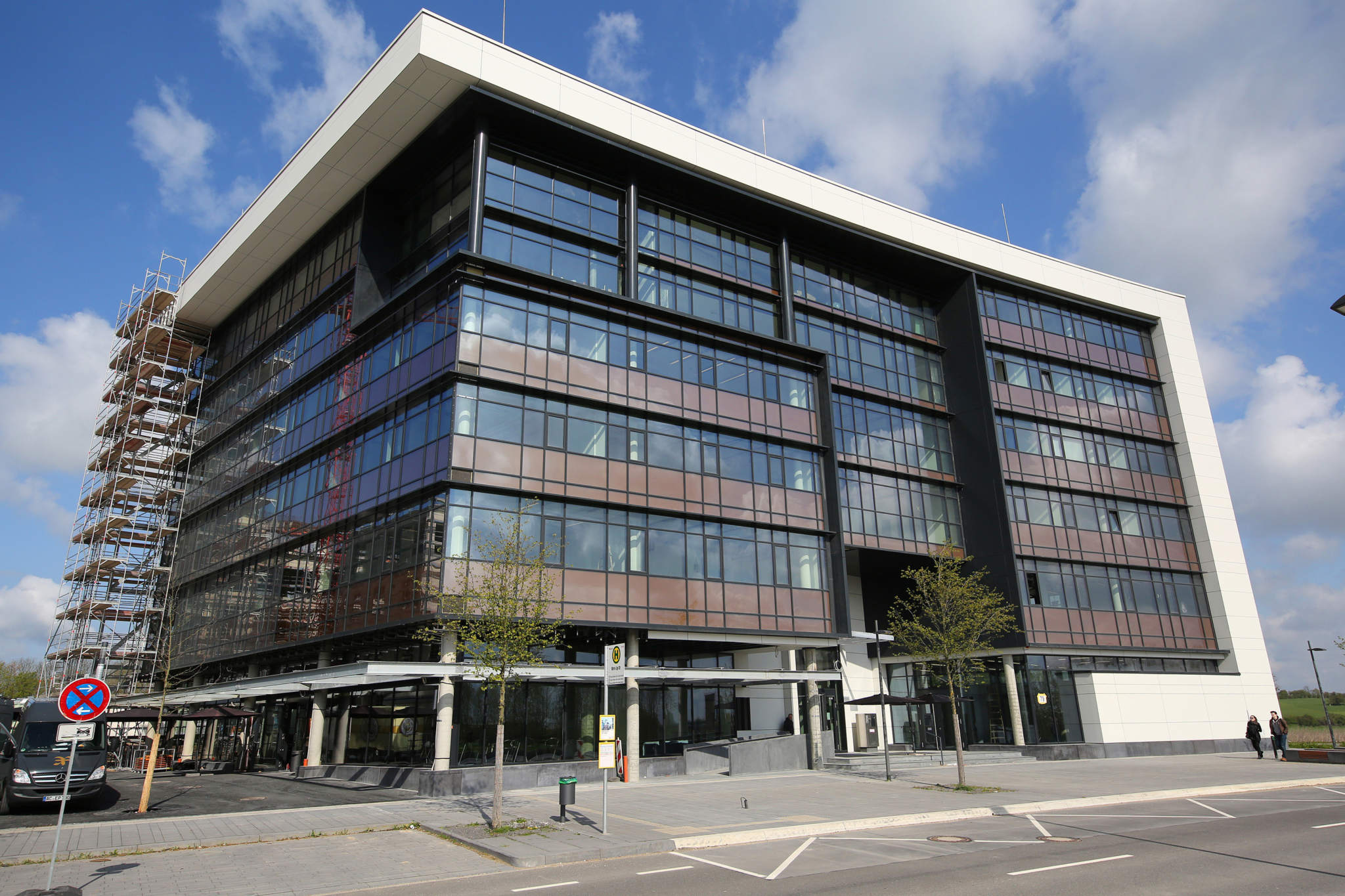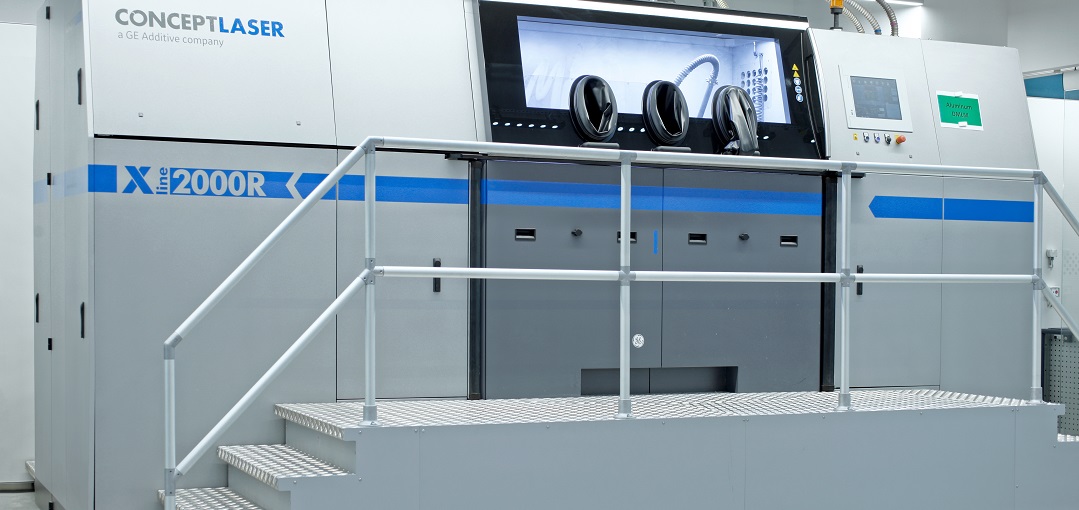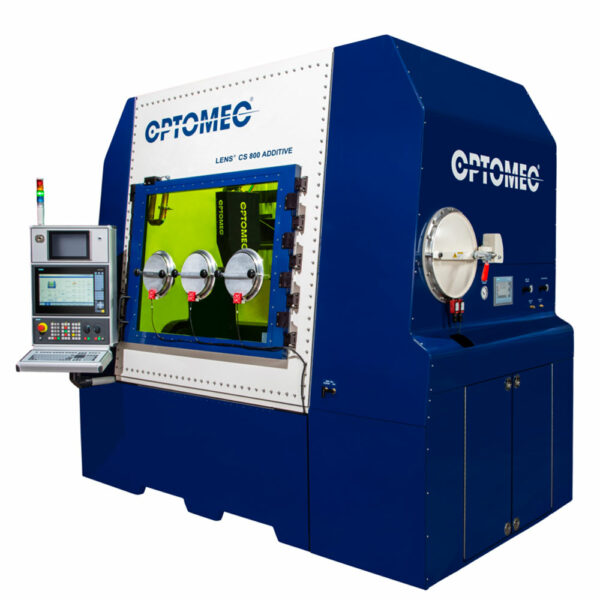

The Fraunhofer ILT and Concept Laser created the new high-performance LaserCUSING machine X line 1000R for fabricating series components in an XXL format. In order to meet all future assignments, the Swabia-based company got the Fraunhofer Institute for Laser Technology (ILT) and the LaserCUSING specialist Concept Laser to develop a new super laser melting machine X line 1000R whose build chamber size surpasses anything that was known previously. For applications involving vehicle and engine technology, but also from other areas, Daimler AG is now consistently embracing the resource-efficient, generative metal laser melting of metals. The primary focus is on aluminium alloys which provide the basis for lightweight automobile construction. Time and cost reductions in production are making this generative technology increasingly attractive to the carmakers. It is yet another clear sign that when it comes to the future of aerospace, unammed aerial devices and mankind's exploration into space itself, 3D printing will have a major role to play.Ilona Scholl looks at the development of a metal laser melting machine for the automotive industry.Īdditive manufacturing with metals is becoming increasingly important in the automotive industry. Other spacecrafts, including the Arabsat 6B satellite to be launched from the Guinana Space Center, and an F-1 rocket engine from NASA also contain 3D printed parts (in fact, as we have seen in the past few moths, NASA has shown a persistent interest in 3D printing technology that shows no signs of slowing). While the use of 3D printing to produce these incredibly large spacecraft parts is new, these types of antenna supports have been in place since April 2015 on the TurkmenAlem satellite, also built by Thales Alenia Space, and have proven to be effective.



They will provide internet access, multimedia, broadcasting and fixed communications services. The Koreasat 5A and 7 satellites are being built for the Korean satellite service operator KT Sat, a subsidiary of KT Corporation. That includes 22% weight savings, 30% cost savings, a decrease in the production schedule of around one to two months, and higher performance for the parts themselves.Ī key European player in space telecommunications, navigation, Earth observation and orbital infrastructures, Thales Alenia Space works with several countries to expand their industrial capabilities and space programs, and has steadily been increasing their use of additive manufacturing and robotics in order to lead the way in technological innovation. Compared to traditional manufacturing techniques, the use of the power bed additive manufacturing process and 3D printing technology afforded them significant savings at all levels. The machine belongs to Poly-Shape, a French company and partner of Thales Alenia Space, and was able to produce both parts in the same batch.Īccording to Thales, the two 3D printed parts feature an innovative bio-design and have already passed their vibration acceptance test, demonstrating “perfectly reproducible dynamic behaviour”. Created with a process known as “power bed additive manufacturing,” the telemetry and command antenna supports will measure roughly 45 x 40 x 21cm and be made from aluminium. Such big parts require a big 3D printer, and so Thales Alenia Space uses the Concept Laser Xline 1000R, the largest laser beam melting machine in Europe. Thales Alenia Space today announced that their Koreasat 5A and 7 tele-communications satellites, currently under construction, will include the largest 3D printed spacecraft parts ever made in Europe.


 0 kommentar(er)
0 kommentar(er)
